Reimagining Queer Asian-American Stories: The Wedding Banquet
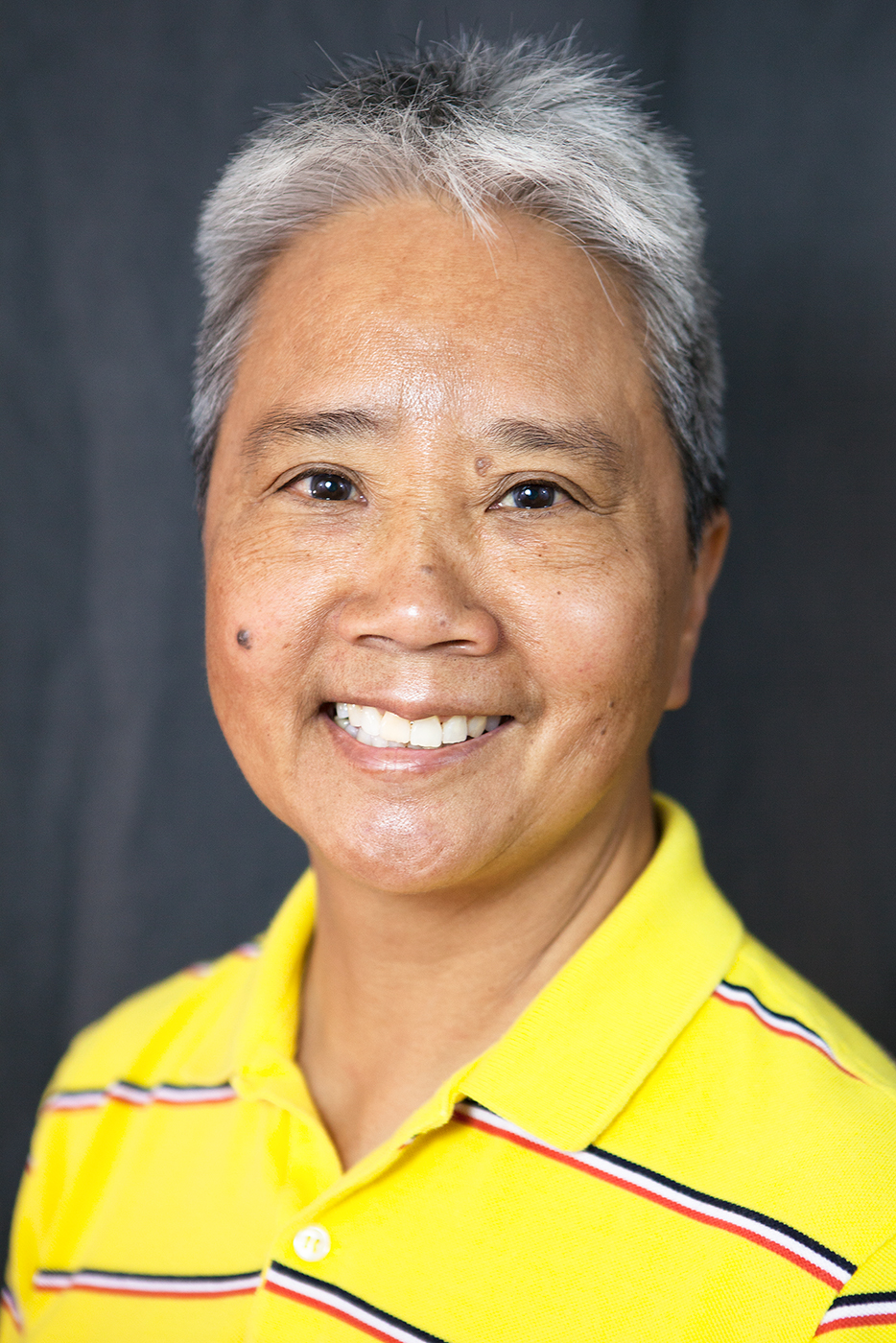
Table of Contents
Challenging Traditional Family Structures and Expectations in The Wedding Banquet
The Wedding Banquet masterfully subverts deeply ingrained expectations surrounding filial piety and arranged marriages within many Asian-American communities. The film's central conflict revolves around Wei-Tung, a gay Taiwanese-American man living in New York City, who is pressured by his traditional parents to marry a woman to maintain family honor and social standing. This pressure directly clashes with Wei-Tung's personal life and his relationship with his boyfriend, Simon.
The film brilliantly showcases the internal conflict raging within Wei-Tung and, by extension, many within the Asian-American community. He is torn between his desire for genuine connection and self-acceptance, and the profound sense of duty and obligation he feels towards his family. This internal struggle is palpable throughout the film, making Wei-Tung's character both relatable and heartbreaking.
- Wei-Tung's strained relationship with his parents: His interactions with his parents are fraught with unspoken tension and carefully constructed performances designed to avoid revealing his true sexuality.
- The pressure to marry for appearances and social standing: The impending "wedding banquet" itself becomes a symbol of this societal pressure, highlighting the performative nature of heteronormativity within the community.
- The contrast between the public performance of heteronormativity and the private reality: The film masterfully juxtaposes Wei-Tung's public persona with his private life, showcasing the exhausting burden of constantly hiding a fundamental aspect of his identity.
This exploration of filial piety, arranged marriage, and the complexities of Asian family dynamics creates a powerful narrative that resonates far beyond the immediate context of the film. The film tackles these weighty cultural expectations with humor and pathos, making it both engaging and thought-provoking.
Exploring the Complexity of Queer Asian-American Identity in The Wedding Banquet
The Wedding Banquet goes beyond simply showcasing a gay relationship; it delves into the intricacies of queer Asian-American identity, illuminating the unique challenges faced at the intersection of these identities. The film doesn't shy away from portraying both internalized homophobia and the external pressures faced by Wei-Tung and, to a lesser extent, Simon. The impact of cultural assimilation on their self-perception is also subtly but powerfully depicted. Wei-Tung’s attempts to navigate both his queer identity and his Asian identity contribute to the richness of the narrative.
- Wei-Tung's relationship with Simon: Their relationship represents a haven, but it's also marked by the secrecy and compromises demanded by Wei-Tung's family and societal expectations.
- The exploration of both secrecy and self-acceptance: The film tracks Wei-Tung's journey towards a more complete self-acceptance, highlighting the stages of coming to terms with one's identity within a restrictive cultural context.
- The complexities of navigating both queer and Asian identities: The film shows the unique challenges faced by individuals who exist at this intersection, where cultural expectations often clash with personal desires and self-expression.
This nuanced exploration of queer identity within the context of Asian-American identity significantly contributes to a better understanding of intersectionality and the complexities of navigating multiple marginalized identities.
The Wedding Banquet's Impact on Queer Asian-American Representation in Cinema
The Wedding Banquet's impact on queer Asian-American representation in cinema cannot be overstated. It served as a pivotal moment, breaking ground for subsequent LGBTQ+ Asian-American films and media. Prior to its release, representations were often stereotypical, one-dimensional, or absent altogether. Ang Lee’s film paved the way for more diverse and authentic representations, giving voice to experiences previously unheard in mainstream cinema.
- Increased visibility of queer Asian-American narratives: The film brought a previously marginalized community into the light, prompting conversations and encouraging further exploration of diverse experiences.
- Impact on discussions around cultural identity and sexuality: The film spurred important discussions about the intersection of culture, sexuality, and identity, prompting a more nuanced understanding of the challenges faced by queer Asian-Americans.
- Inspiration for filmmakers and storytellers: The Wedding Banquet has served as an inspiration for countless filmmakers and storytellers, encouraging them to create more authentic and inclusive representations of queer Asian-American characters and narratives.
Its contribution to the broader conversation surrounding representation and inclusivity within Asian-American cinema and LGBTQ+ filmmaking continues to resonate today, urging for a more equitable and nuanced storytelling landscape.
Reimagining Queer Asian-American Stories – A Lasting Legacy
In conclusion, The Wedding Banquet stands as a landmark achievement in queer Asian-American representation. Ang Lee’s film successfully reimagines queer Asian-American stories by boldly challenging traditional family structures, exploring the inherent complexities of identity, and leaving an undeniable lasting impact on representation in cinema. It highlighted the importance of diverse and authentic portrayals, paving the way for future filmmakers to explore diverse Asian-American LGBTQ+ stories with sensitivity and nuance. Watch The Wedding Banquet, engage in further discussions on queer Asian-American representation in media, and support inclusive filmmaking. Let's continue to reimagine queer Asian-American narratives, ensuring that their stories are not only heard but celebrated.

Featured Posts
-
 Brooklyn Bridge Park Homicide Investigation Underway Following Shooting
May 18, 2025
Brooklyn Bridge Park Homicide Investigation Underway Following Shooting
May 18, 2025 -
 Anchor Brewing Companys Closure 127 Years Of Brewing History Ends
May 18, 2025
Anchor Brewing Companys Closure 127 Years Of Brewing History Ends
May 18, 2025 -
 Accountability For Carneys Cabinet A Balanced Approach By Gary Mar
May 18, 2025
Accountability For Carneys Cabinet A Balanced Approach By Gary Mar
May 18, 2025 -
 Dokovicev Uticaj Mensik Zahvaljuje Novaku Na Osvojenom Peharu
May 18, 2025
Dokovicev Uticaj Mensik Zahvaljuje Novaku Na Osvojenom Peharu
May 18, 2025 -
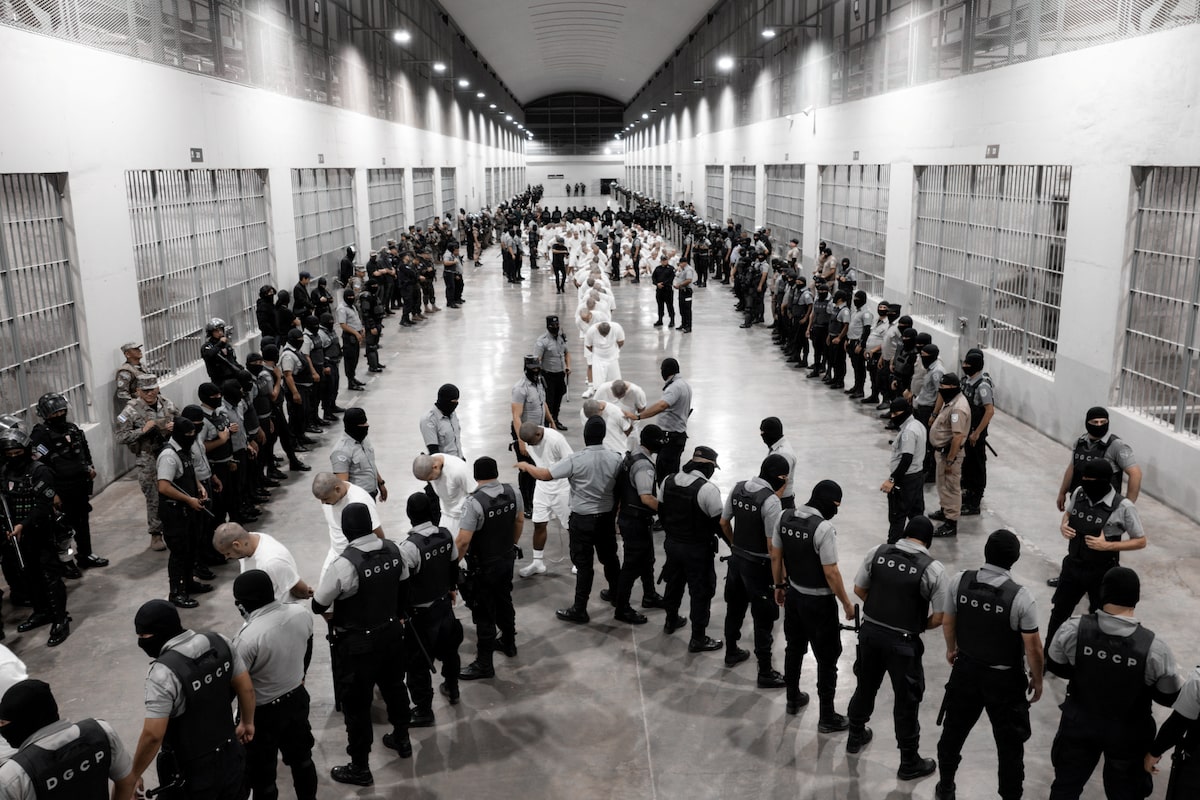 Trump Deportation Halt Supreme Courts Decision And Wartime Law Implications
May 18, 2025
Trump Deportation Halt Supreme Courts Decision And Wartime Law Implications
May 18, 2025
Latest Posts
-
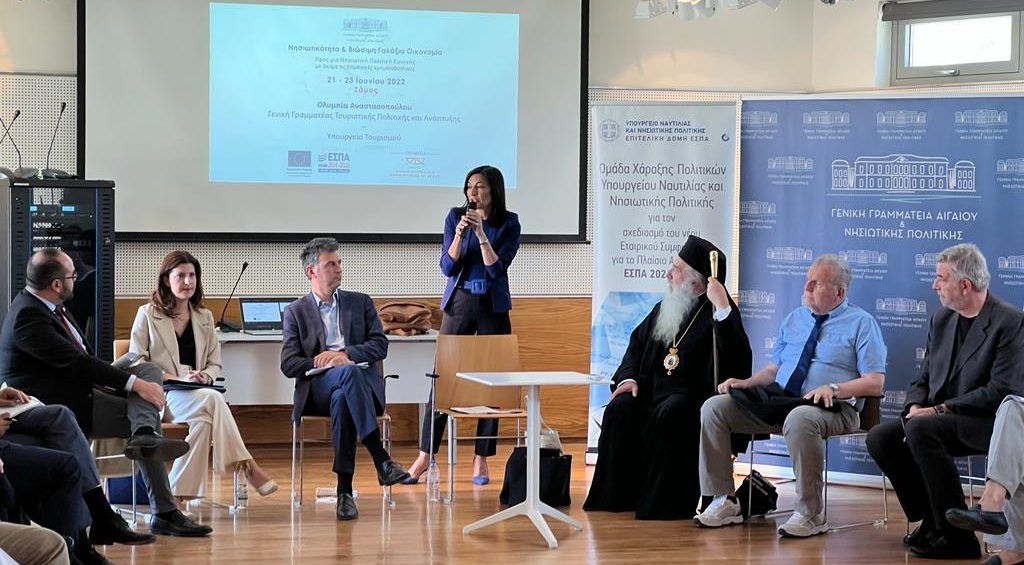 Naytilia Kai Nisiotiki Politiki I Omilia Toy Kasselaki
May 18, 2025
Naytilia Kai Nisiotiki Politiki I Omilia Toy Kasselaki
May 18, 2025 -
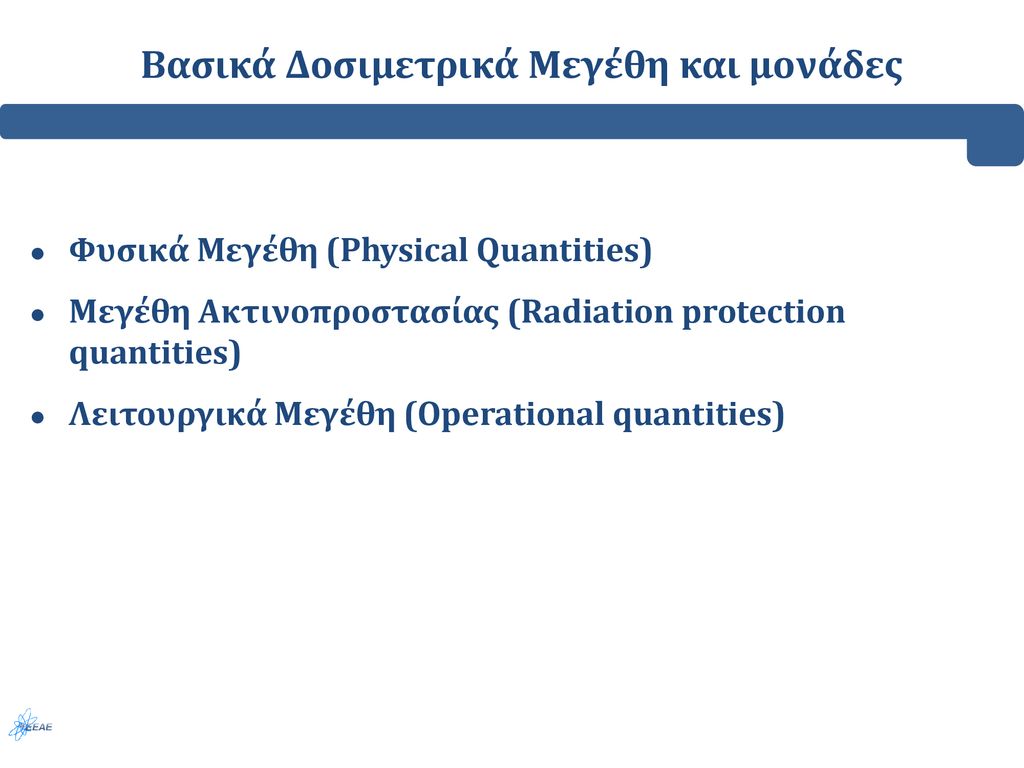 Eyropaiki Naytilia Gigantiaia Megethi Kai Statistika
May 18, 2025
Eyropaiki Naytilia Gigantiaia Megethi Kai Statistika
May 18, 2025 -
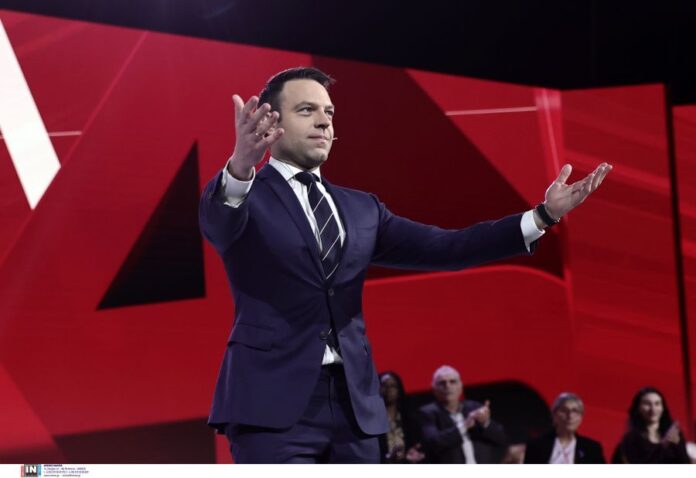 Kasselakis Stin Ekdilosi Gia Ti Naytilia Kai Tin Nisiotiki Politiki
May 18, 2025
Kasselakis Stin Ekdilosi Gia Ti Naytilia Kai Tin Nisiotiki Politiki
May 18, 2025 -
 The Division 2s Sixth Anniversary A Retrospective And A Look Ahead
May 18, 2025
The Division 2s Sixth Anniversary A Retrospective And A Look Ahead
May 18, 2025 -
 Kasselakis Naytilia Kai Nisiotiki Politiki Kentrikes Omilies
May 18, 2025
Kasselakis Naytilia Kai Nisiotiki Politiki Kentrikes Omilies
May 18, 2025
